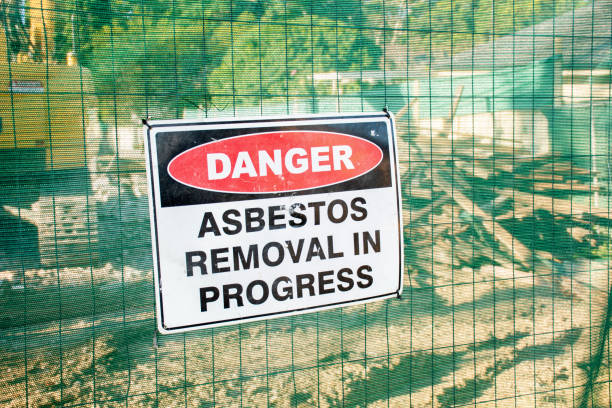Could Asbestos in the Soil Be a Problem?

Trying to keep asbestos from becoming airborne when it’s being disposed of is a huge concern. The Environmental Protection Agency approved burying discarded asbestos materials beneath the ground because it was thought that this was a safe method for containing the fibers.
A recent paper published in the Journal of Hazardous Materials Letters casts major doubt on that theory. An associate professor from Stanford University found that changes to the electrical charge of the asbestos fibers can make it easier for them to spread when they’re buried. This is due to the dissolved organic matter that comes into contact with the fibers in the soil.
Why Is This Hazardous?
When the asbestos fibers move through the soil, they may come closer to the surface. This means that the fibers may become airborne if the soil is disturbed. It also makes it possible for them to move out of the known contamination area, which could lead to people coming into contact with it without realizing that they were in danger.
Another possibility is that the asbestos will enter into a water supply that’s near the disposal area. This could introduce asbestos fibers into homes and businesses a considerable distance from the site.
While the chance of coming into contact with asbestos isn’t as great as what it was decades ago, there’s still a chance that innocent people will be impacted by it. The risk of mesothelioma is a primary consideration. Unfortunately, the symptoms of mesothelioma and other asbestos-related conditions may take years to show up after the exposure. But, once they do, the conditions usually progress rapidly.
Individuals who have conditions related to asbestos exposure may be able to pursue compensation. This is meant to cover the medical care costs and reduce the financial pressure on the victims. An experienced attorney can help you learn more.



